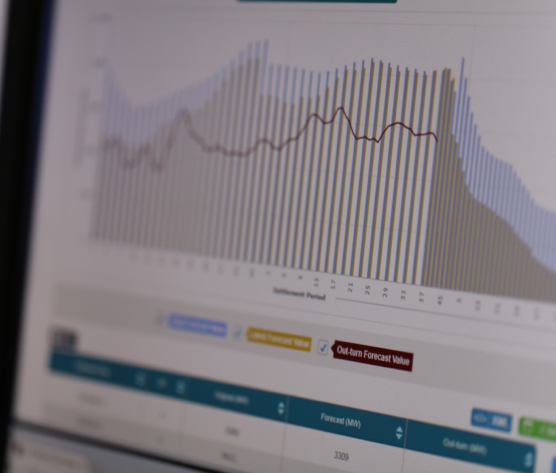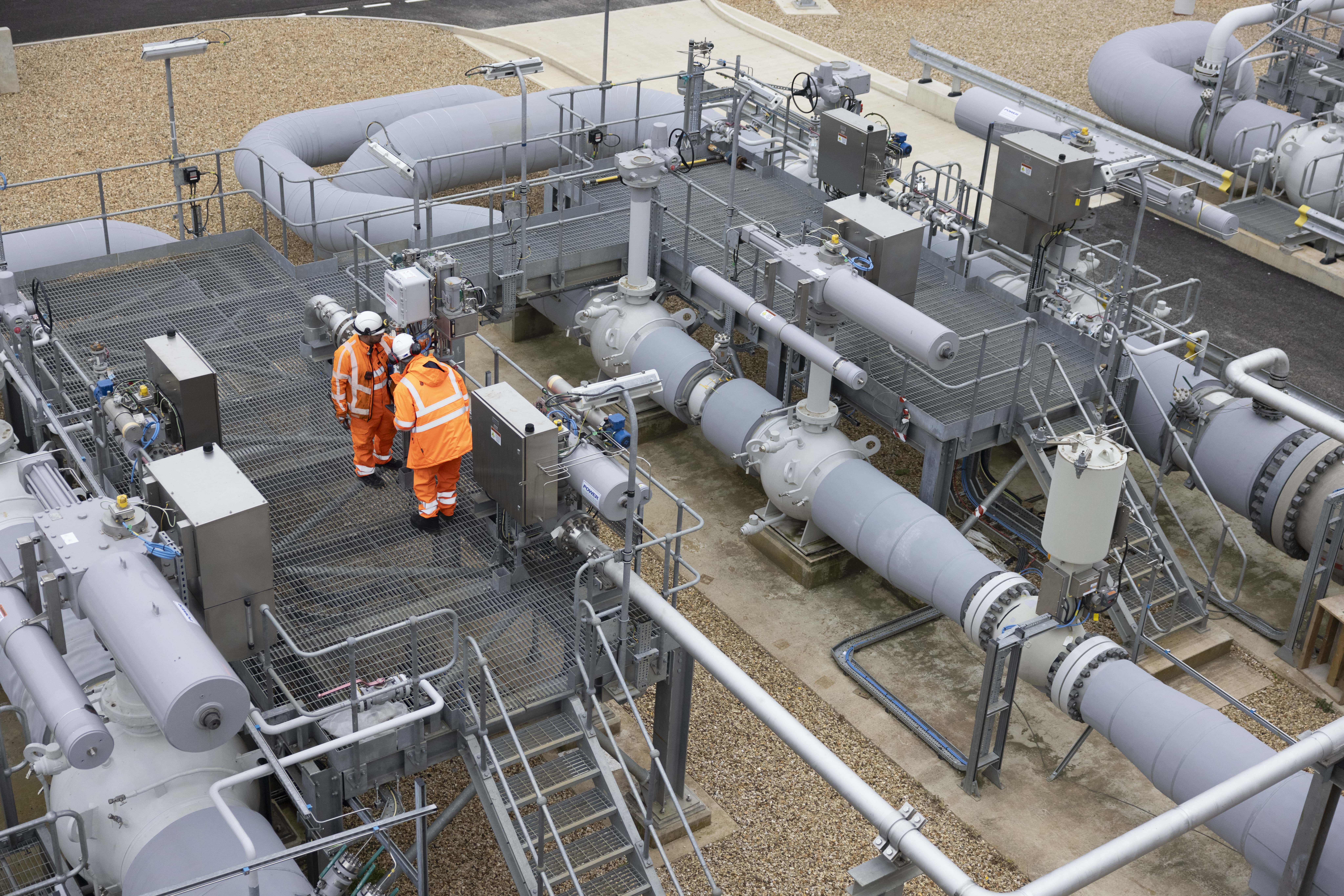Operational Data
Our Data
Access our latest transmission operational data, demand forecasts, supplementary reports and other useful operational information.

Transmission operational data
National Gas provides gas transmission data for industry stakeholders and analysts. We provide this information to reduce market uncertainty, ensure equal access to information and increase information transparency. Our goal is to increase efficiency in the capacity and energy markets, while providing fair and timely access to operational and market information.
We provide a wide variety of data in a number of different formats, to meet the needs of different audiences and stakeholders:
- Gas Data Portal: provides near real-time data on forecast and live gas supply and demand, flow rates, storage capacity, Margins Notices, capacity and much more. It includes 12,000-plus data items and a suite of predefined reports, covering both live and historical data.
- National Gas App: provides a near real-time overview of gas supply and demand within Great Britain. It is intended as a general information source for energy industry stakeholders and interested parties, and not for decision making. Download on the App Store or Get it on Google Play
- Supplementary reports: these are published on our website, below, and include a range of offline reports, documents and newsletters covering everything from industry trends and LNG operator information to linepack utilisation and Composite Weather Variable (CWV) forecasts.
- Gemini: the capacity management system used to manage the transportation of gas through the National Transmission System (NTS). It is used for capacity trading, commercial balancing and invoicing.
Supplementary reports
Britain's Gas Explained 2024
Gas data management systems – operated by Xoserve
Gemini
The Gemini System is a suite of online applications for managing the transportation of gas through the National Transmission System (NTS). It is used for capacity management (entry and exit capacity), capacity trading, commercial balancing and invoicing. Xoserve has full responsibility for the management and operation of Gemini, on behalf of National Gas.
The following processes can be carried out within the Gemini application:
- Gas Nominations
- Gas Trades
- Energy Balancing
- NTS Entry Capacity Booking
- NTS Entry Capacity Trading
The following processes can be carried out within the Gemini Exit application:
- Long Term NTS Exit Capacity Applications
- NTS Exit Capacity Transfers
- NTS Exit Capacity Assignments
- Daily NTS Exit Capacity Auctions
- Constraint Management Actions
- NTS Exit Capacity Invoicing
Useful resources:
- Gemini Changes (An overview of planned and previously delivered activities on the Gemini system).
- Gemini User Guide
Energy Identification Codes (EIC)
An EIC is a 16-character code used across the European Union (EU) to identify participants and energy resources in the gas sector. Xoserve is the Local Issuing Office (LIO) for the UK and is authorised to issue International and Local EIC Codes.
An EIC is your unique ID in the EU Internal Energy Market (IEM). This unique code facilitates cross-border exchanges and identifies different objects and parties relating to the IEM and its operations. A registered EIC is required if you intend to trade on PRISMA, the European capacity booking platform.
For more information or support, please visit the Xoserve website: Xoserve – EIC Codes
Unidentified Gas (UIG)
Xoserve manages the central database holding all gas consumption points (Supply Points).
Using gas industry supplied data, Xoserve calculates Unidentified Gas (UIG) levels each day. This is an amount of gas that cannot be directly attributed to any system user. A major part of our work is to support the gas industry to better understand, manage and resolve UIG.
Find out more: Xoserve – UIG
Calorific value (CV)
Most GB gas customers are billed on the basis of a daily CV average for their specific charging zone, applied to the volume of gas consumed. This is called the Flow Weighted Average Calorific Value (FWACV). FWACV is calculated by Xoserve and published on the Gas Data Portal on behalf of the Distribution Networks.
You can view or download CV information relating to charging zones from the Gas Data Portal. To find out which charging zone you belong to, please visit the Xoserve website and select ‘Postcode Exit Zone List’
To find out which charging zone you belong to, please visit the Xoserve website and select ‘Postcode Exit Zone List’
Gas Transmission Open Data Requests
In line with our Data and Digital Strategy and the Modernising Energy Data Strategy from the Energy Networks Association, we share any new information and data that is made available as part of the industry-wide data triage process.
Below are the datasets we have made available through this process:
Historical Data: April 2015 - December 2020
Supply and Demand Data 2015-2017
National Grid Total Compressor Power
If there is any data relating to the National Transmission Network that you would like to be made available, please contact us at: [email protected].
If you’re not sure of the right network to provide the data you need, please use the ENA data request template https://www.energynetworks.org/creating-tomorrows-networks/modernising-energy-networks-data. They will ensure your request is passed to the relevant network request.

